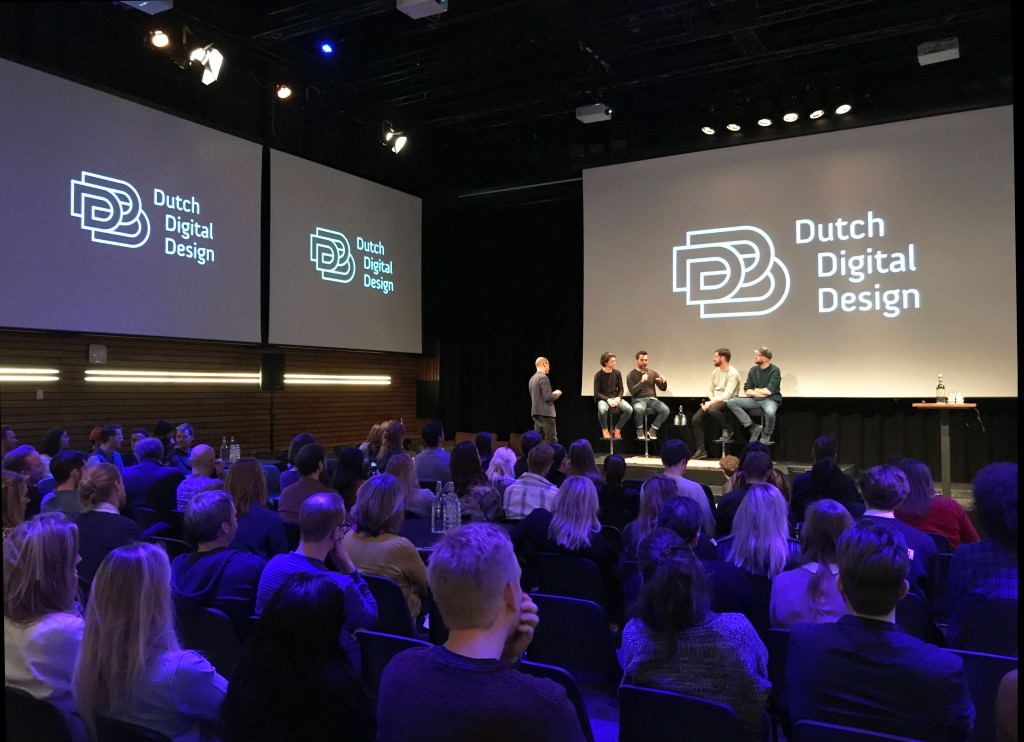Bert is one of the leading positioning and growth strategy specialists in the Netherlands. He has been working with numerous creative businesses and entrepreneurs to put them back on track.
Can you tell us something about your growth path?
It all started with graffiti: the combination of forms. colours, composition and typography led to becoming creative. After graphic design college, I started working for many agencies in many roles, doing graphic design, video editing, compositing, 3D and interactive stuff. Eventually, as an art director, I worked abroad in Hong Kong and Tokyo. When I came back, I started at design magazine Dzone, where I worked as editor-in-chief for five years. After that Adobe asked me to work for them at the marketing department, where I ran the Dutch Adobe User Group, back then that became the biggest (8000 members) Adobe community worldwide. In 2009 I started my own business as an advisor, helping creative agencies with their positioning and growth strategy. And that is what I still do today.
How and why did you start working as a specialist in Positioning and Growth Strategy?
Because of my experience in previous jobs, the agencies asked me to help them with their communications. But doing so, I found that most of them were missing a strong story and positioning that I was able to use in those communications, to build their brand. So, I decided to specialize in that, following several courses, reading books and, from that, making my own 6 steps plan. Although the plan is something I always keep improving and refining, this is what I still use to help creative agencies make their next step. Most agencies help their clients with positioning but doing that for their own company is very hard. That’s what I love to help them with: looking outside in, guiding them through the process, putting things on paper and being a good soundboard for them at the same time. I believe a strong positioning and growth strategy is key to surviving this fast-changing creative industry.
There is a lot to do around company culture, how important is that?
It is extremely important, especially in these times. To keep the right people aboard, attract talent and at the same time make a healthy, stimulating and fun environment for everyone. It’s about the core principles and value, DNA, mentality, leadership, diversity, structure, rules, targets, evaluations, training and development, education levels and competencies. But also, about rewarding and recognizing your employees for the projects the realized and other things they achieved: I see many companies who have to improve in that, and that should be easy because it does not ask a lot of time or effort. And of course, going out to events, organizing things inside and outside the office.
Why and how did you start Dutch Digital Design? What is the DNA of Dutch Digital Design?
Together with a number of leading creative agencies, Dutch Digital Design was founded in 2014. With the goal to attract potential clients and talent, by working together on showing the best digital work. On events, via the press, social media and articles. The DNA is the mentality behind the work. The Dutch focus not only on aesthetics but also on function: carefully considering not only what something looks like, but also its effect and how it works. The Dutch like to explore boundaries, we dare to experiment, and we’re accustomed to working with different cultures and disciplines. Dutch Digital Design is the continuation of the international success and rich design tradition of Dutch Design.
What is the future for creative agencies in the Netherlands?
These are challenging times for creative agencies: competition is coming for all sides, also from the big consultancy firms, clients are on the run, organizing their own creative units, there is a lot of consolidation going on, there is the war on talent and technology is rapidly evolving. For those and other reasons, I expect the number of agencies to be reduced drastically in the coming years. In the end, I believe only the best – the most open, collaborative and adapting creative agencies will survive.



